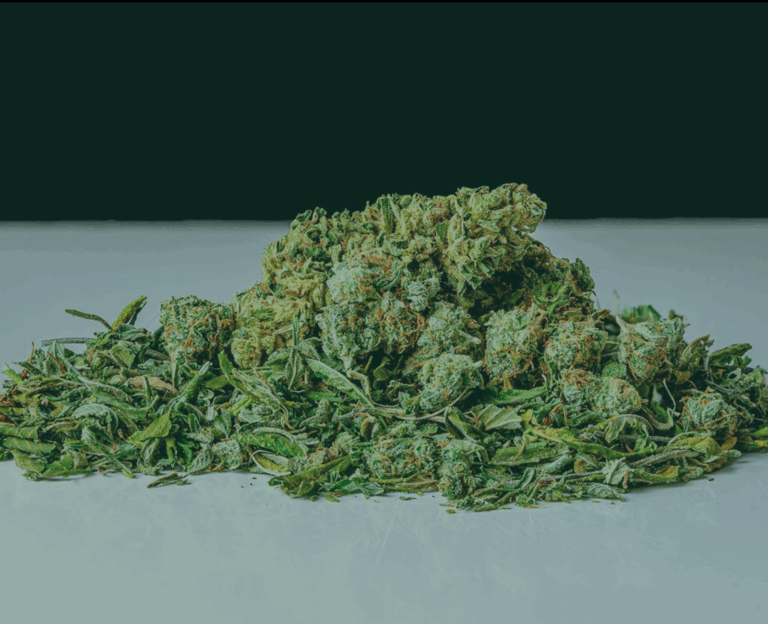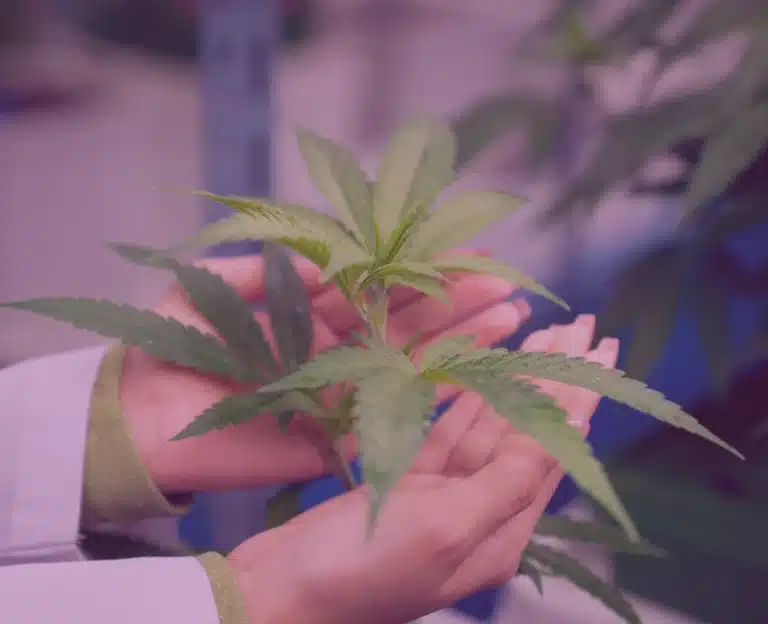How to Cook with Cannabis Oil
Cooking with cannabis oil is a game-changer. Whether you’re whipping up something sweet or crafting a savory masterpiece, it’s a simple yet transformative way to elevate your dishes and explore bold new flavors.
While it might seem as easy as pouring or drizzling THC oil onto your dish, there’s much more to it than meets the eye. To truly master the art of cannabis cooking, you need to understand how cannabis oil works—when to add it, how to measure its potency, and the techniques to preserve its effects and flavor.
In this blog, we’ll dive into the benefits of cannabis oil, explore its unique culinary potential, and guide you step-by-step to help you create dishes that are not only delicious but perfectly infused. Let’s get cooking!
What are the Benefits of Cooking with Cannabis?
Cannabis oil offers a variety of benefits. Not only does it provide an enjoyable way to consume cannabis, but it can also elevate the flavor profile and nutritional value of your meals!
- Alternative to Smoking. For those who don’t enjoy smoking, cooking with cannabis oil allows you to enjoy the effects of cannabis without smoking or vaping.
- Longer-Lasting Effects. Consuming cannabis-infused food delays the onset of effects, but once they kick in, they provide a smoother and more sustained high.
- Flavor and Aroma. Cooking with cannabis oil can add earthy, piney and slightly bitter flavors to your dish. Its unique profile complements other ingredients well, making cannabis oil a must-have in the pantry!
How to Make Cannabis Oil
How to make oil from weed can be a rewarding experience. But what exactly is cannabis oil, and how do you make it?
Cannabis oil is an infused oil made by heating a cannabis flower with a carrier oil. Usually, the best carrier oils are high-fat oils like coconut oil or olive oil. This is because they bind well with THC and CBD. Choosing the right carrier oil is key for stability and the incurring the effects of active cannabinoids.
To prepare THC oil for cooking, you infuse cannabis into oil under low heat for 2 to 8 hours, depending on the type of oil, the amount of cannabis, and the heating method.
Store-bought cannabis-infused oil can last for about a year, while homemade cannabis oil stays fresh for about six months if stored properly. It’s best to keep the oil away from light and heat to preserve its quality.
1. Select the Perfect Strain
The flavors and effects of your cannabis-infused foods will largely depend on the strain you choose. When it comes to flavor, you want to pick a strain that complements the dish you’re making. For savory, go for strains with earth and herbal notes. For sweet treats, strains with piney and citrusy undertones will be a perfect fit.
You’ll also want to consider what kinds of effects that strain will have. Keep this in mind when picking out the bud you’ll be turning into oil.
- Indica strains – mellow and relaxing
- Sativa strains – uplifting
- Hybrid strains – best of both worlds
2. Be Precise
Precision is key when cooking with hash oil and other cannabis-infused oils because even small variations can impact the outcome. Proper dosing ensures you achieve the desired effects without overdoing it. And temperature control prevents the THC from degrading.

Accurate measurements help maintain consistency so that every dish delivers the same potency and flavor. Careful attention to detail ensures a safe, enjoyable, and effective culinary experience, whether you’re infusing oils into recipes or using them as toppings.
3. Mix Your Ingredients Thoroughly
Achieving an even and thorough mix of cannabis oil in your dish can be challenging. If you’re combining cannabis oil with liquids, start by adding the oil to a bowl and gradually incorporating the liquid ingredients, such as water, broth, or lemon juice. Whisking slowly helps the oil blend more effectively. For a faster and smoother mix, an immersion blender or mixer can be very helpful.
When infusing cannabis oil with solid ingredients, gently warm the oil over low heat to make it easier to work with. For baked goods, mix the wet ingredients with the dry ingredients carefully, ensuring even distribution. Take your time and stir continuously to avoid any unevenness in the final product.
Begin with Easy Recipes
Beginner-friendly recipes are a great way to ease into cooking with cannabis oil. Simple options like making cannabutter or crafting an infused salad dressing are perfect starting points, as they require minimal ingredients and are easy to customize. These versatile staples can be used in a variety of dishes, from baked goods to savory meals.
Another easy option is to drizzle cannabis oil over your favorite dishes, such as pasta, roasted vegetables, or even avocado toast, for a quick infusion without much effort. However, it’s crucial to be mindful of the amount of THC you’re using. Start with a small dose and calculate the potency of your oil to ensure a balanced experience. This way, you can enjoy the flavors and benefits of your infused creation without overdoing it.

Pair With Your Favorite Kitchen Oil
To make dosing easier, dilute potent cannabis oils with common kitchen oils, like olive oil or canola oil. Not only does it make it easier to measure your oil for recipes, but it also masks the earthy tones of the cannabis oil, which may be overpowering to specific dishes.
Adjust the Dosage or The Flavor
The more you cook, the better you’ll understand the ins and outs of cannabis oil. Once you’re comfortable using cannabis oil for cooking, it’s easy to tweak your dosage or pick another strain to cook the perfect dishes that will have intense effects.
Visit Bud 2 Bloom Today!
Cooking with cannabis oil is an exciting way to elevate your dishes and explore the versatility of cannabis in the kitchen. Ready to experiment with your creations? At Bud 2 Bloom, we offer high-quality cannabis buds and oils to help you get started. Visit us today to discover the perfect products and chat with our team of budtenders!
Frequently Asked Questions
How Can You Calculate THC Potency in a Homemade Edible?
Determine the THC content of the oil you are going to use for your edible recipe. Calculate the total THC by multiplying the THC per mL content by the amount you’re pouring into your recipe. For example, 5mL of cannabis oil multiplied by 10mg of THC per mL equals 50mg of total THC in your recipe. Assuming THC is infused evenly in the edibles, divide the total THC by the number of servings your recipe makes. So, for 24 servings, there’s 2.08 mg of THC in each edible! Potency may vary, so always start with low dosages.
Is Cannabis Oil Good for Cooking?
Yes, cannabis oil is a perfect addition to cooking as it is quite versatile to incorporate into meals. By taking into consideration the right temperature, flavors, and potencies, individuals can successfully use THC oil for cooking canna butter, baked goods, or sauces. Its liquid consistency makes it easy to be precise when measuring THC. Compared to cannabis flowers, cannabis oil allows for a more even distribution of cannabinoids throughout the dish.
What Should Cannabis Oil Taste Like?
Cannabis oil’s flavor profile contains earthy, piney, floral, and slightly bitter notes. It depends on the strain on what particular notes are more pronounced. Sometimes, they’re also citrusy or nutty.
How Long Should I Cook My Cannabis Oil?
It usually takes 4-6 hours to cook cannabis oil. To avoid degrading the cannabinoids and terpenes, use low heat. Stirring your THC oil and other ingredients occasionally can ensure even infusion. It’s recommended to maintain a simmer; avoid boiling it. Depending on the plant material used, strain the residues to ensure a product with even consistency.





